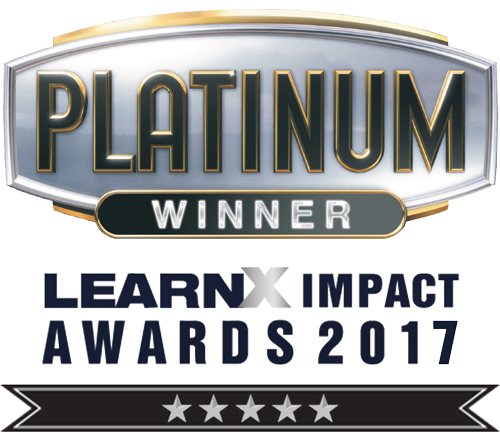On the 30th January the Vocational Education Design Team’s VE Assessment Lead Haley Gunn and Assessment Writer Janet McHardy travelled to RMIT’s Bundoora campus to attend a meeting held by the Learning and Teaching Community of Practice group. Speakers Dr Jess Danaher from the School of Science and Associate Professor Sophia Xenos from the School of Health and Biomedical Sciences discussed the innovative ways that they are approaching assessment in their courses. Dr Jess Danaher spoke about allowing choice for students when it comes to assessments. This could include negotiating the modality or format of the assessment used to collect evidence of the student’s competency. Examples include a presentation; the student choosing to frame it as a pitch meeting to a brand sponsor or a how-to demonstration. Or a student creating a set of blog posts rather than undertaking a traditional literature review. Other examples include students helping to develop questions that may be included in the end of semester exam, narrowing that down to five appropriate options and drafting an appropriate answer. This approach helps to develop student problem-solving skills as well as helping them to prepare for the exam. Dr Danaher’s talk of embracing creativity in assessments and […]
How might learning design promote innovation?
On the 23rd January, Janet McHardy, Sinead Murphy and I headed to Academy Xi to listen, learn and discuss, prompted by the question ‘how might learning design promote innovation?’ The session was facilitated by Zoe Fitzgerald and included presentations from Frank Guzman, General Manager of Academy Xi and Simon Kavanagh, International Manager of Kaos. After an entertaining warm-up activity, Guzman pointed to the learning design approach used at Academy Xi and his thoughts on learning design that promotes innovation. Guzman reminded us that tools and theory were only a small part of the equation. These are constantly changing. Rather, the focus should be on the mindset to understand why we use tools or processes. Understanding the ‘why’ behind the ‘doing’. Understanding why enables problem solving. We don’t always know what the solution will be but working through the problem is an important step. A key part of this is looking at how people navigate ambiguity. Some may be a little resistant and want to focus on technology and processes, however it is up to our educators to provide evidence to convince them that just learning the technological skills is not the driver. Kavanagh opened his presentation with the quote: “Life […]


